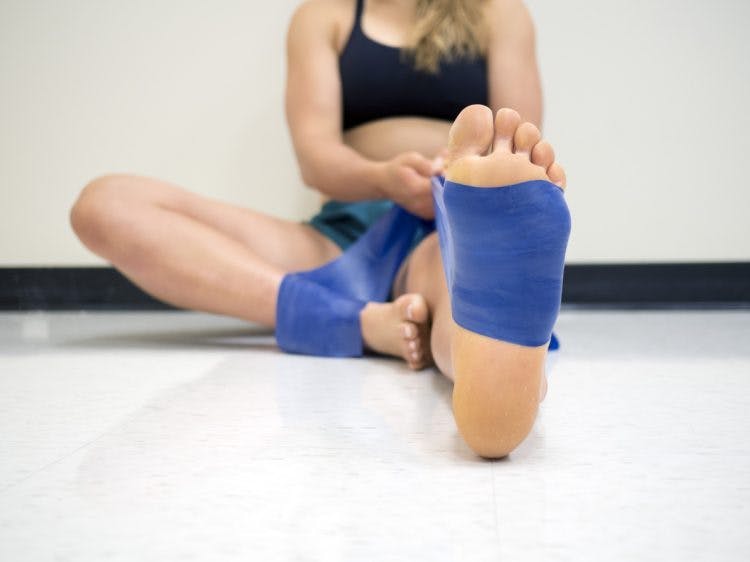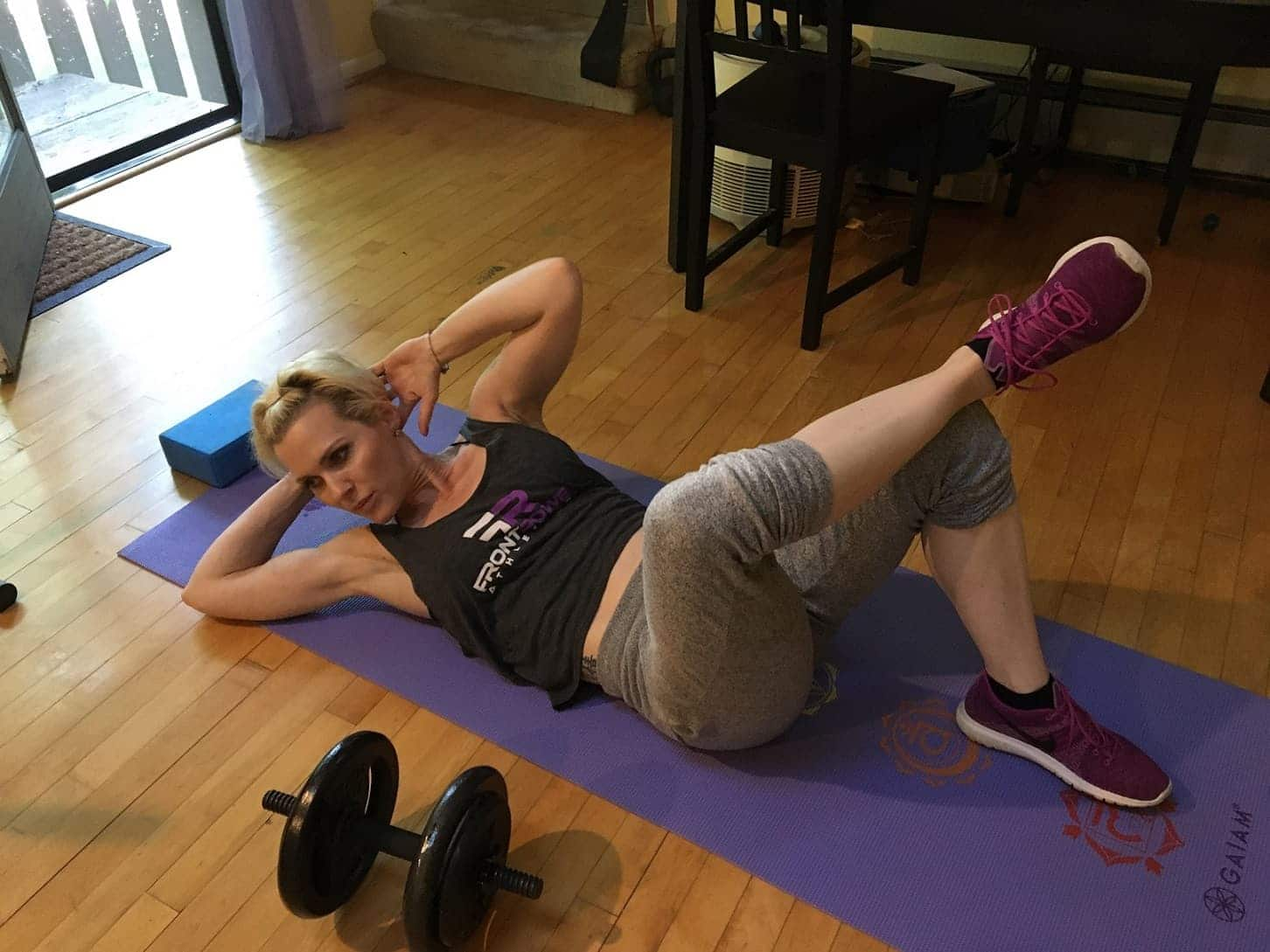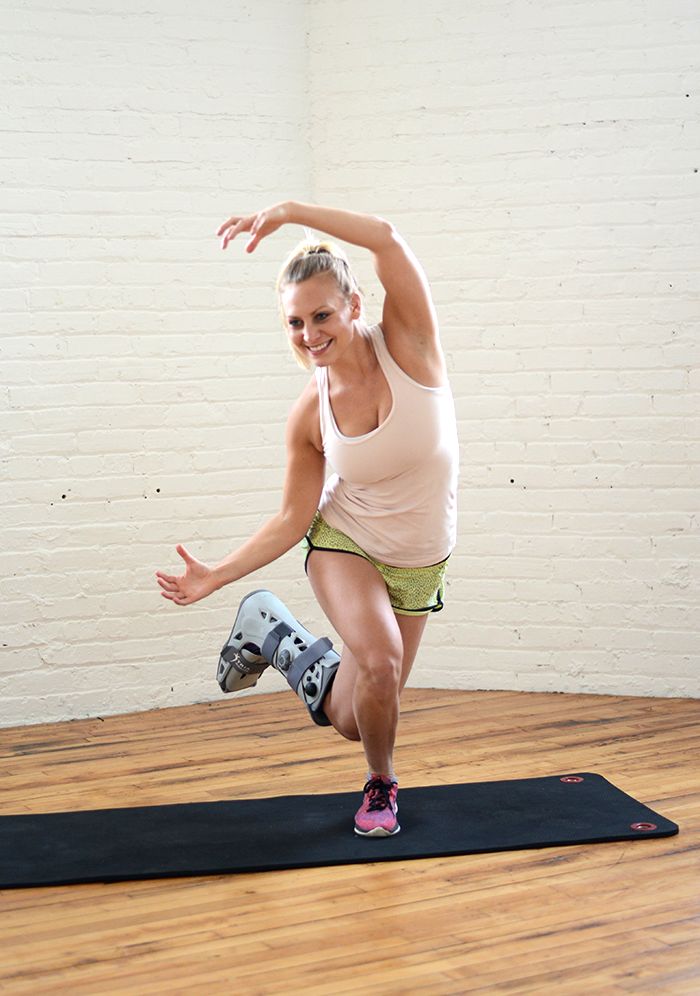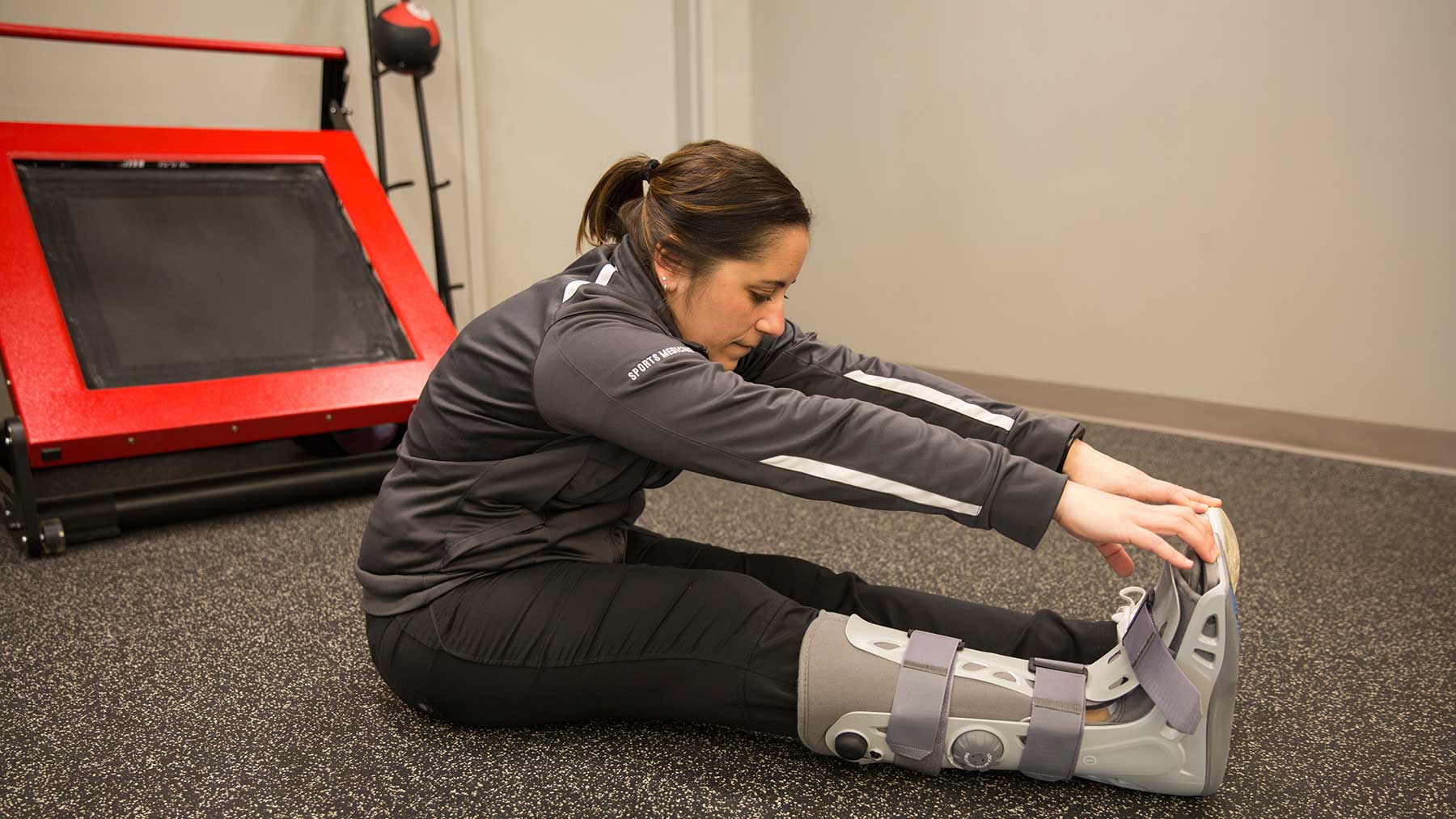Suffering from a broken foot doesn’t mean you have to give up on exercise completely. With the right approach and precautions, you can stay active and maintain your fitness levels safely. This post will guide you through safe exercises and tips for working out with a broken foot, ensuring you keep moving without hindering your recovery. Here we’ll help you face the challenges of staying fit while dealing with a foot injury.

Contents
How to Exercise When You Have a Foot Fracture?
So, you’ve got a foot fracture, but that doesn’t mean you have to be completely sedentary. Here’s how you can stay active and keep yourself fit even with a bum foot:
1. Choose Low-Impact Activities
Opt for exercises that won’t put too much strain on your foot. Activities like swimming, cycling, and water aerobics are great options to keep you moving without aggravating your injury.
2. Focus on Upper Body Workouts
Since your lower body might be off-limits for a while, why not work on strengthening your upper body? Include exercises like arm curls, shoulder presses, and seated rows in your routine to maintain your strength and fitness levels.
3. Try Yoga or Pilates
Yoga and Pilates focus on building core strength, improving flexibility, and enhancing balance and coordination. These low-impact workouts can be beneficial for both your body and mind during the healing process.
4. Listen to Your Body
Above all, pay attention to how your body feels during exercise. If you experience pain or discomfort, stop immediately. It’s crucial to prioritize your recovery and avoid pushing yourself too hard.

5. Consult with Healthcare Providers
Before starting any new exercise routine, it’s always a good idea to consult with your healthcare provider or a physical therapist. They can provide personalized guidance and ensure that you’re engaging in safe and suitable activities for your condition.
Benefits of Exercising with a Broken Foot
Exercising with a broken foot, under the guidance of a healthcare professional, can offer several benefits, not just for maintaining physical fitness but also for aiding in the recovery process. Here are some key advantages:
1. Improved Circulation:
Exercise promotes blood flow, which is crucial for healing. Enhanced circulation can help reduce the recovery time of a broken foot by delivering oxygen and nutrients to the injured area more efficiently.
2. Reduced Atrophy:
When a limb is immobilized, muscles can quickly begin to atrophy due to lack of use. Engaging in approved exercises can help minimize muscle loss in your injured foot and maintain strength in the rest of your body.
3. Boosted Mood:
Exercise releases endorphins, which have mood-lifting properties. Staying active, even in a limited capacity, can help ward off the feelings of frustration and depression that often accompany injuries.

4. Enhanced Flexibility and Mobility:
Certain exercises can maintain or even improve flexibility and mobility in unaffected areas of your body, helping to compensate for the temporary limitations imposed by your broken foot.
5. Prevention of Weight Gain:
Being immobile can lead to unwanted weight gain due to reduced activity levels. Finding safe ways to exercise can help you manage your weight and prevent the additional strain on your injured foot.
6. Improved Balance and Coordination:
Non-weight-bearing exercises can enhance your balance and coordination, skills that will be beneficial as you recover and begin to put weight on your injured foot again.
7. Reduced Risk of Blood Clots:
Staying mobile with exercises appropriate for your condition can reduce the risk of developing blood clots, a potential complication of being less active.
Types of Safe Exercises You Should Do With Broken Foot
When you have a broken foot, safe exercises focus on maintaining your overall fitness without putting any weight on the injured foot. Here are some types of safe exercises you can do:

Upper Body Exercises:
These exercises help maintain strength and muscle mass in your arms, chest, back, and core. You can use various equipment or focus on bodyweight exercises.
Examples: Bicep curls, tricep extensions, chest presses (with dumbbells or bodyweight variations), rows (dumbbells or resistance bands), planks, seated shoulder press.
Low-Impact Cardio:
These activities elevate your heart rate and improve cardiovascular health without stressing your foot.
Examples: Stationary cycling (adjust the resistance for a comfortable workout), swimming (excellent low-impact exercise that works multiple muscle groups), using an elliptical trainer (ensure a comfortable stride that doesn’t put pressure on your foot).
Ankle Exercises:
Gentle ankle rotations and stretches help maintain mobility and flexibility in the joint, which is crucial for recovery.
Examples: Seated ankle circles (move your foot in small circles clockwise and counter-clockwise), dorsiflexion/plantar flexion (slowly raise and lower your toes while seated), calf raises (performed seated to avoid putting weight on the foot).
Additional Options:
- Squeeze therapy: Squeeze a stress ball or similar object to improve grip strength and hand dexterity.
- Isometric exercises: These involve tensing specific muscle groups without joint movement. You can find isometric exercises for various muscle groups.
Frequently Asked Questions
Can I exercise with a foot fracture?
Yes, you can still exercise with a foot fracture by engaging in low-impact activities like swimming, cycling, or water aerobics. Focus on upper body workouts and consider yoga or Pilates for core strength and flexibility. Listen to your body to avoid pain and consult healthcare providers before starting a new routine.
How can I stay active during foot fracture recovery?
Staying active during foot fracture recovery is essential for mental and physical well-being. Engage in low-impact exercises like swimming or cycling, focus on upper body workouts, and try yoga or Pilates for strength and flexibility. Listen to your body and consult healthcare providers for guidance.

Hello, I’m Ravindra. Over the years, I’ve immersed myself deeply into the world of fitness and health, transforming both my body and mind. Writing has allowed me to share my journey, insights, and expertise with those just starting out and seasoned fitness enthusiasts alike. Beyond just routines and diets, I believe in inspiring others to adopt a holistic approach to well-being.
